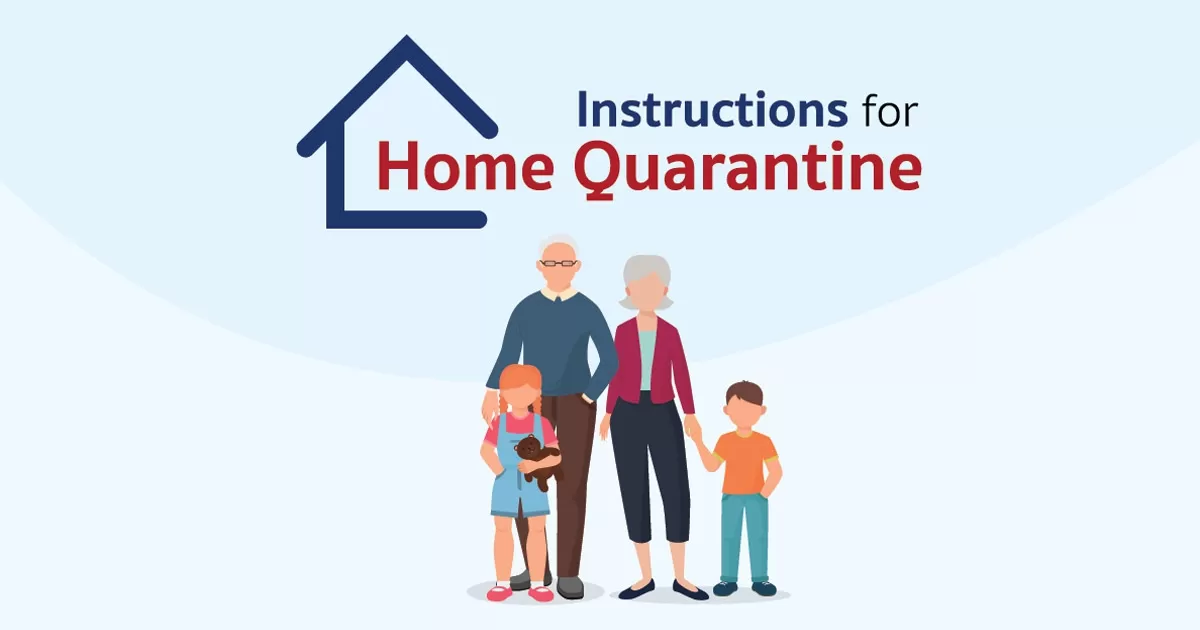
Avoiding COVID-19
Home > Health Info > Health Articles

The world has been hit with a “rogue” virus, which was first identified at the end of 2019. Initially called the coronavirus, it is now designated as COVID-19.
What has to be understood is that the symptoms of COVID-19 are similar to that of the influenza (flu) virus. It would also appear that he flu virus is much more common and much more deadly than the 2019 coronavirus (COVID-19).
It is difficult at times to quantify infections such as this, but at least 6.8 percent of people who developed the flu during the 2019–2020 flu season in the United States have died (as of February 2020), compared to around 2 percent of those diagnosed with the 2019 coronavirus.
The common symptoms of a flu infection:
- Cough
- Runny or stuffy nose
- Sneezing
- Sore throat
- Fever
- Headache
- Fatigue
- Chills
- Body aches
Older men seem to be especially susceptible to the virus. A report by the World Health Organization (WHO) found that the median age of people testing positive for this coronavirus was around 45 years, and that over two-thirds of those people were male.
With no definitive treatment yet, the best way to prevent the spread of this virus is to avoid or limit contact with people who are showing symptoms of the virus and have traveled to SE Asia in the past 14 days.
Practicing good hygiene to prevent bacteria and viruses from spreading.
- Wash your hands frequently for at least 20 seconds at a time with warm water and soap.
- Don’t touch your face, eyes, nose, or mouth when your hands are dirty.
- Don’t go out if you’re feeling sick or have any cold or flu symptoms.
- Cover your mouth whenever you sneeze or cough. Use disinfectants on objects like phones, computers, utensils, dishware, and door handles.

Share :



